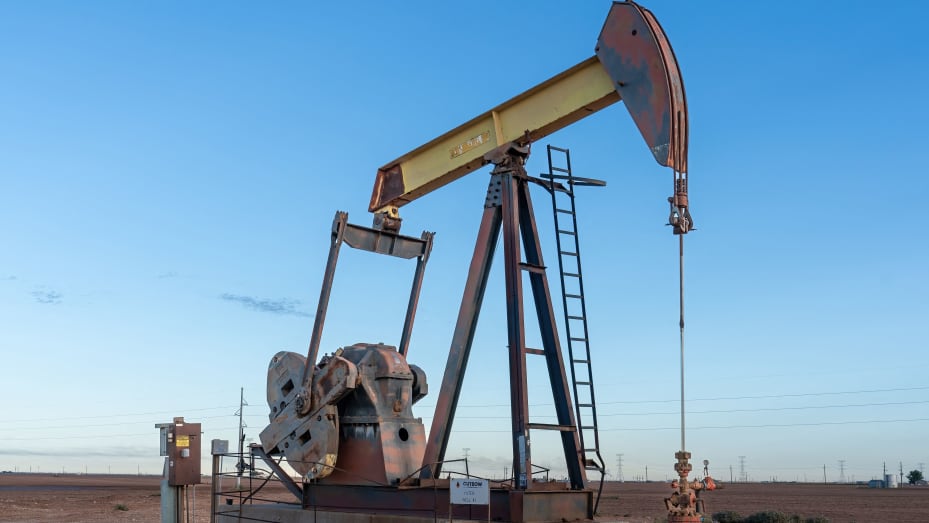Crude oil futures (QM=F) were little changed on Friday but were set to rise for a second week amid signs of improving demand and falling oil and fuel inventories in the US., the world’s biggest oil consumer.
Brent futures for August (BZ=F) settlement dipped 18 cents to $85.53 a barrel by 0656 GMT, after rising 0.8% in the previous session. US West Texas Intermediate crude futures for August delivery were down 14 cents to $81.15 per barrel. The July contract expired on Thursday at $82.17, up 0.7%.
Prices have risen about 5% since the beginning of the month to their highest in over seven weeks.
“The seasonal demand increase, as shown by the latest EIA data, renewed confrontation between Israel and Hezbollah, and the hurricane season could sustain price strength into the summer,” Citi analysts said in a note.
US government data released on Thursday showed total product supplied, a proxy for the country’s oil demand, rose by 1.9 million barrels per day (bpd) in the week ending June 14 to 21.1 million bpd.
The data from the Energy Information Administration (EIA) showed a drawdown in US crude stockpiles by 2.5 million barrels rose during the week to 457.1 million barrels, compared with analysts’ expectations for a 2.2 million-barrel draw.
Gasoline inventories fell by 2.3 million barrels to 231.2 million barrels, the EIA said, compared with forecasts for a 600,000-barrel build.
Demand prospects elsewhere also helped push prices higher.
“Signs of stronger demand in Asia also boosted sentiment. Oil refineries across the region are bringing back some idled capacity after maintenance,” analysts at ANZ Research said.
Data released on Friday showed Japan’s core consumer prices last month gained 2.5% from a year earlier, growing from the previous month and keeping the country’s central bank on track to raise interest rates in the coming months.
Weighing on prices were US data released on Thursday that showed a decline in new unemployment claims, which may lead the Federal Reserve to keep interest rates unchanged. Higher interest rates typically limit economic growth and, in turn, oil demand.



